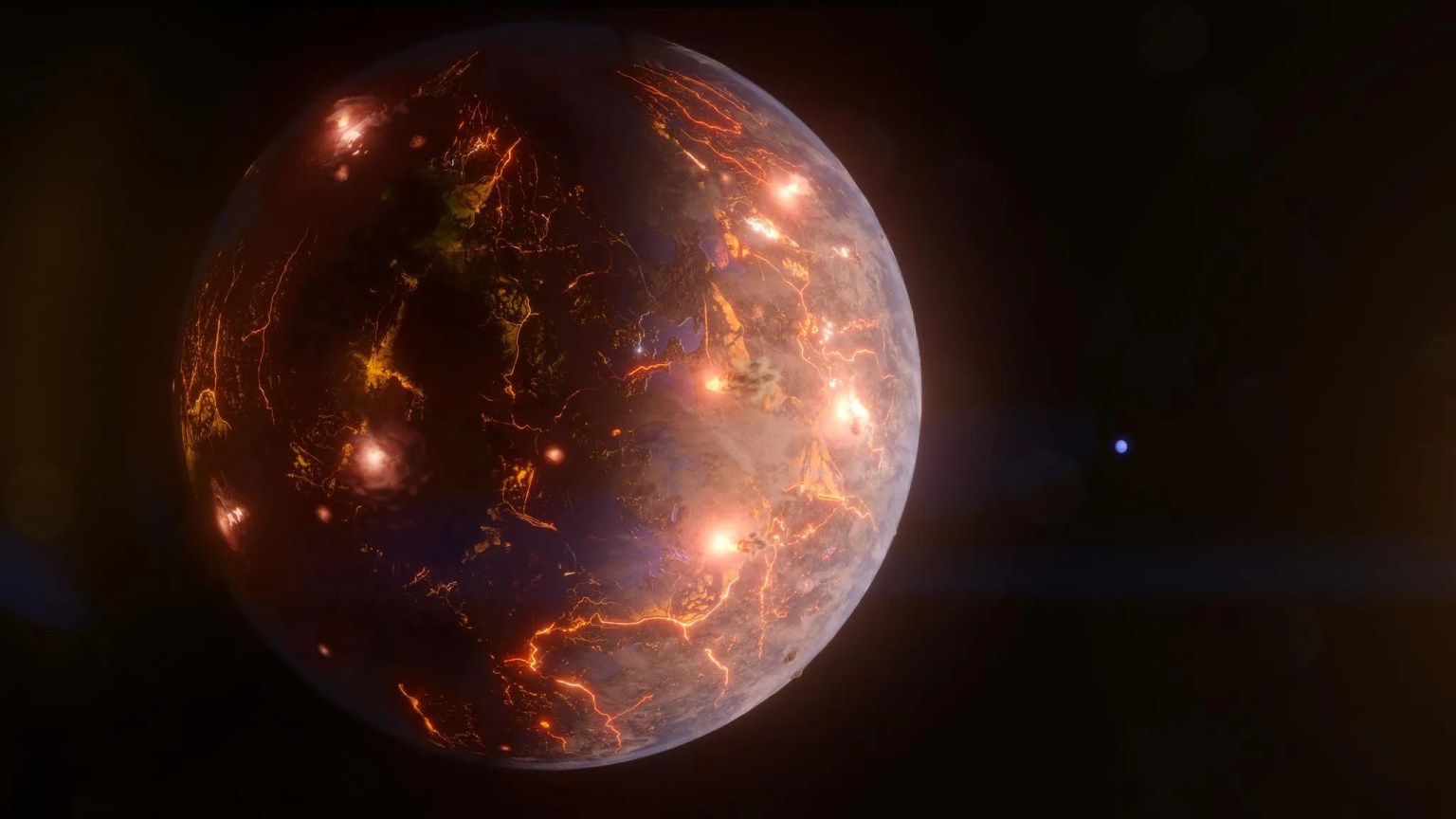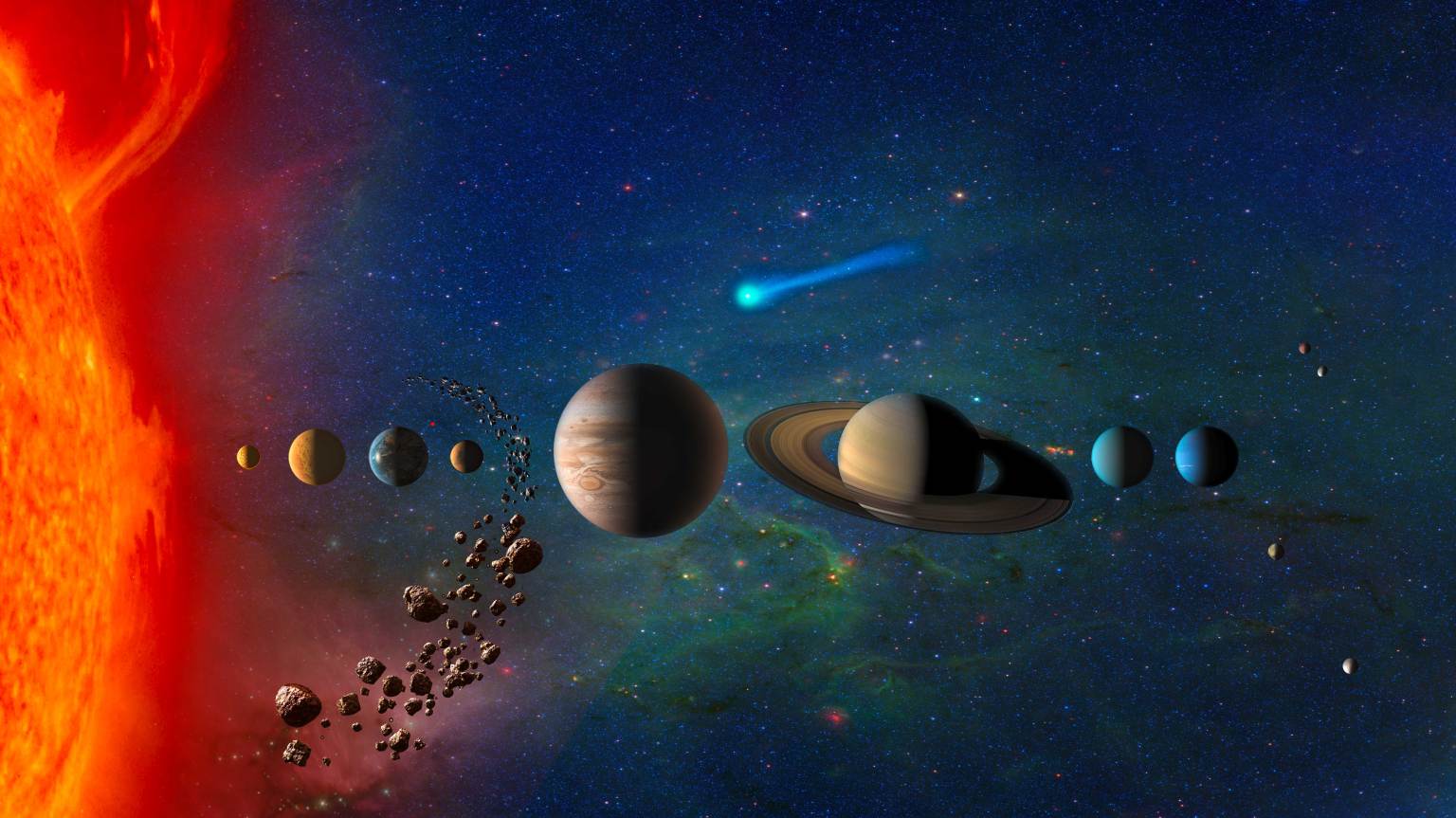2 min read
Hubble Examines Entrancing Galaxy in Eridanus
Hubble is sharing a brand new galaxy image every day through October 7, 2023!
Visit our website daily, or follow along on X, Facebook, and Instagram.
NGC 685 takes center stage amid faintly twinkling stars on an inky black background. This galaxy is clearly a barred spiral galaxy with its bright center bar and patchy, curving arms. It is about 58 million light-years away in the constellation Eridanus. NGC 685 lies south of the celestial equator and is visible from the southern hemisphere at certain times of the year.
British astronomer John Herschel discovered NGC 685 in 1834, and early observers noted its apparent roundness. The whole galaxy is about 60,000 light-years across – a little more than half the size of our Milky Way. The patches of bright blue along the galaxy’s arms are star clusters, groups of stars held together by their mutual gravitational attraction. Wisps of dark red near the central bar depict interstellar gas and dust, the matter from which stars form. About two-thirds of all spiral galaxies have a central bar like NGC 685. Its intense glow comes from many stars concentrated in a relatively small area.
NASA’s Hubble Space Telescope took this image as part of a scientific effort to study star cluster formation and evolution. Hubble’s ultraviolet capabilities are well-suited to this task, since young stars shine brightly at ultraviolet wavelengths. An average-sized galaxy like NGC 685 can have around 100 million stars, which is on the low end.
Media Contact:
Claire Andreoli
NASA’s Goddard Space Flight Center, Greenbelt, MD
claire.andreoli@nasa.gov
Details
Related Terms
Discover More Topics From NASA




